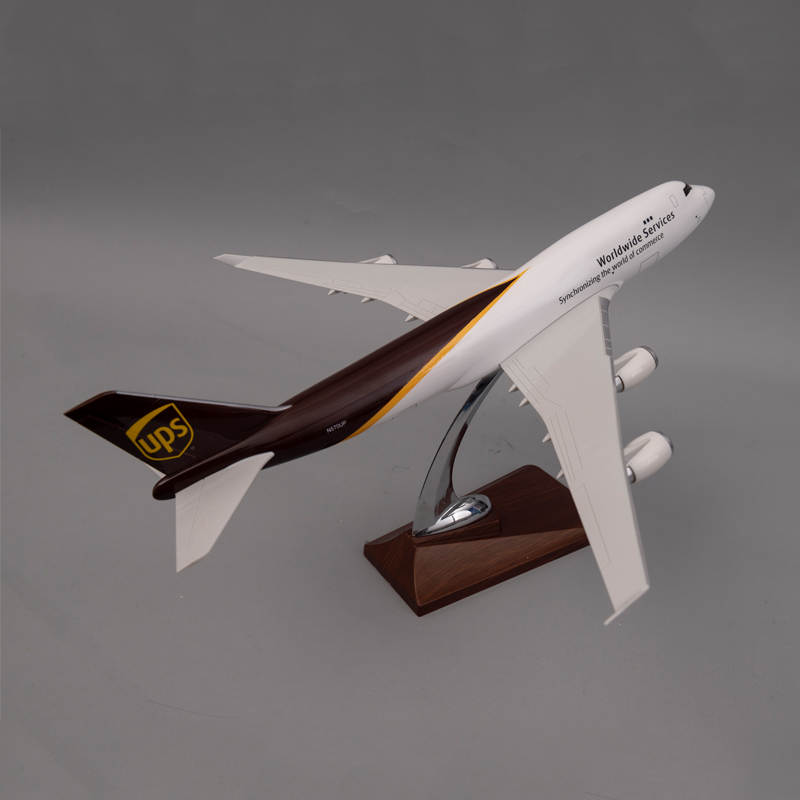
Introduction
The aviation trade has seen a exceptional transformation over the past few many years, notably with the emergence and growth of private airlines. These airlines, typically characterized by their unique companies, personalised experiences, and flexibility, have carved a distinct segment in the market traditionally dominated by industrial carriers. This case study explores the evolution, operational models, challenges, and impacts of private airlines throughout the broader context of the aviation sector.
The Evolution of Private Airlines
Private airlines began to realize traction in the late 20th century, primarily catering to affluent travelers searching for consolation and convenience. Early players in this market included companies like NetJets and Flexjet, which pioneered the concept of fractional ownership and jet card applications, permitting individuals to purchase a share of an aircraft or flight hours without the burdens of full possession.
As expertise advanced and the demand for personalised travel experiences elevated, extra private airlines emerged. By the 21st century, private aviation was not limited to the ultra-wealthy; it started to attract a broader clientele, together with enterprise executives and families on the lookout for environment friendly journey options. The rise of online booking platforms and cell purposes additional democratized access to private air travel, making it extra appealing to a various range of customers.
Operational Models
Private airlines function underneath numerous fashions, every designed to satisfy specific market calls for. The most common models embody:
- Charter Services: These airlines present on-demand flights, allowing prospects to book flights based on their schedules quite than mounted timetables. This mannequin is especially standard amongst businesses that require flexibility in journey preparations.
- Fractional Possession: Companies like NetJets permit clients to buy shares in an aircraft, granting them access to a sure variety of flight hours per year. This model reduces the costs related to possession while providing the benefits of private flying.
- Jet Card Programs: Just like fractional possession, jet card programs offer clients pay as you go flight hours on a selected aircraft sort, offering a cheap and versatile solution for frequent travelers.
- Membership Packages: Some private airlines operate on a membership basis, the place prospects pay an annual payment for access to private jets. This mannequin usually consists of additional perks, akin to concierge companies and priority booking.
Market Dynamics and Growth
The private airline market has experienced important development, driven by various components. The worldwide wealth enhance, significantly amongst excessive-web-worth people, has fueled demand for private air travel. Moreover, the COVID-19 pandemic played a pivotal position in reshaping journey preferences, as travelers sought safer and extra controlled environments. Private airlines reported a surge in bookings as travelers opted for private flights to avoid crowded industrial airways.
In response to a report by the international private jet charter cost Air Transport Association (IATA), the private jet cards aviation sector is anticipated to grow at a compound annual growth charge (CAGR) of 5.5% from 2021 to 2028. This development is additional supported by advancements in aircraft technology, making private flying extra environment friendly and environmentally friendly.
Challenges Going through Private Airlines
Despite the promising growth trajectory, private airlines face a number of challenges that could affect their sustainability and profitability:
- High Operational Prices: Operating private jets includes significant bills, together with upkeep, gasoline, and crew salaries. These costs generally is a barrier to entry for new gamers and should have an effect on the pricing methods of present airlines.
- Regulatory Hurdles: The aviation industry is closely regulated, and private airlines must navigate advanced laws that differ by nation. Compliance with security standards and air visitors rules can be challenging and expensive.
- Market Competition: The rise of private airlines has led to elevated competition, not solely among private carriers but additionally with industrial airways which can be expanding their premium choices. This competitors can strain pricing and revenue margins.
- Environmental Concerns: As awareness of climate change grows, private airlines face scrutiny over their environmental influence. The aviation sector is below strain to adopt sustainable practices, and private airlines must invest in greener technologies to satisfy evolving client expectations and regulatory requirements.
The Influence of Private Airlines
Private airlines have made a big influence on the aviation business and the broader economic system. Their affect will be noticed in a number of areas:
- Financial Contributions: Private aviation contributes to job creation, financial development, and tourism. In accordance with a study by the National Enterprise Aviation Affiliation (NBAA), enterprise aviation supports over 1. If you enjoyed this article and you would certainly such as to get more info relating to affordable private jets charter companies kindly browse through our own webpage. 2 million jobs and contributes $150 billion to the U.S. economy alone.
- Business Effectivity: top 10 private jet charters airlines enhance enterprise effectivity by providing executives with the ability to travel directly to their destinations with out layovers or delays. This elevated productivity can lead to better enterprise outcomes and extra profitable ventures.
- Innovation in Travel: The rise of private airlines has spurred innovation in the travel sector, leading to advancements in customer service, expertise, and operational efficiency. Airlines are increasingly leveraging knowledge analytics and synthetic intelligence to boost the shopper expertise and optimize flight operations.
- Altering Client Preferences: The expansion of luxury private jets charter companies airlines has shifted shopper expectations concerning air travel. Travelers are now more inclined to hunt customized companies, convenience, and flexibility, prompting commercial airways to adapt their choices accordingly.
Conclusion
The emergence of private airlines has remodeled the aviation landscape, offering travelers with various options that prioritize comfort, effectivity, and personalization. Whereas the sector faces challenges, its growth potential stays sturdy, driven by evolving client preferences and advancements in technology. As private airlines continue to innovate and adapt, they may play an increasingly important role in shaping the way forward for air journey and the worldwide economy. The continued evolution of this sector will be intently watched by industry stakeholders, investors, and customers alike, as it holds the promise of redefining the way we experience air journey.








